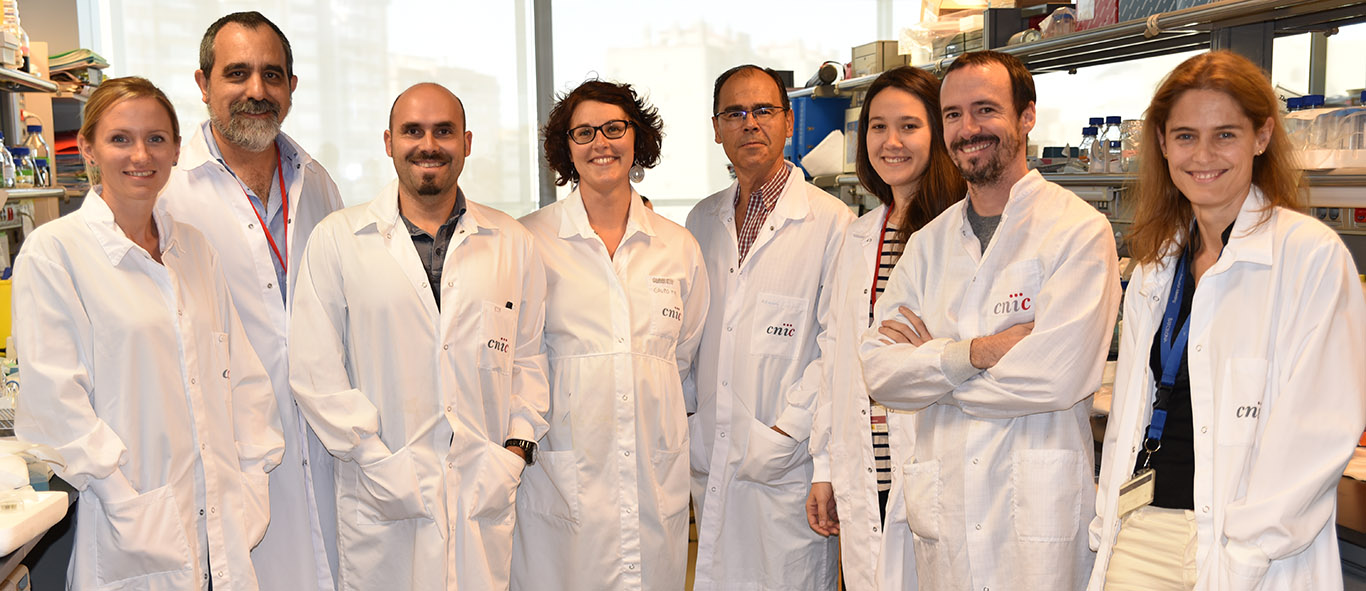Nature: Scientists dicipher the organization of the cellular mechanisms responsible for energy production
The study helps to explain how different forms of organization affect metabolism and are linked to the tendency to develop certain diseases
Scientists at the Centro Nacional de Enfermedades Cardiovasculares Carlos III (CNIC) have defined the molecular organization underlying energy production in living cells. The discovery, published in the journal Nature, sheds light on the regulation of metabolism and is a milestone in the understanding of the organization of the mitochondrial electron transport chain (mETC), which releases energy from nutrient-derived molecules. The study also suggests ways in which different mETC organizations could affect metabolism and be linked to the tendency to develop distinct diseases.
For many years scientists believed that the structures within mitochondria that permit cell respiration were mixed randomly and had no precise organization. This view held back understanding of mitochondrial respiration and the importance of its regulation in the control of metabolic and cellular stress and its possible role in disease.
The new study was carried out by groups led by professors José Antonio Enríquez and Jesús Vázquez, with first authors Dr. Sara Cogiati and Dr. Enrique Calvo. The study centers on the role of the terminal mETC complex, called complex IV. Complex IV is composed of 14 proteins. Cells can produce different versions of some of these proteins, but the function of these different versions was unknown.
The study sheds light on the regulation of metabolism and represents a milestone in the understanding of how the mitochondrial respiratory chain is organized
Complex IV can occur as an isolated complex, paired in dimers, or in assemblies with other respiratory chain complexes. The Nature study shows that the exchange of different versions of one component protein (called SCAF1 or Cox7a1 and Cox7a2) regulates the association of complex IV in different structures. According to professor Enriquez, “these alternative versions determine the final form of mitochondrial structures”.
Different mitochdondrial structures have different functions, explains Dr. Cogliati: “It’s useful to think of children’s building blocks of different sizes, with each block fitting in its correct location in a structure, related to its specific function. Depending on how we assemble the blocks, we could build a house, a bridge or a fire station; all are possible structures, but with different characteristics and functions.” In a similar way, mitochondria organize the mETC in specific ways. According to Dr. Calvo, “by using different versions of component proteins, structures are built with slightly differing functions.” Prof. Vázquez explains that “Thanks to our work, we now know that exchange of one version of SCAF1 for another is a mechanism for regulating the structure and activity of the mETC, and thus cell metabolism.”
The researchers conclude that these results, in addition to uncovering the mechanisms that organize the mETC, are a milestone in understanding how different mETC structures affect metabolism and the relation of these structures to the risk of developing specific diseases.











